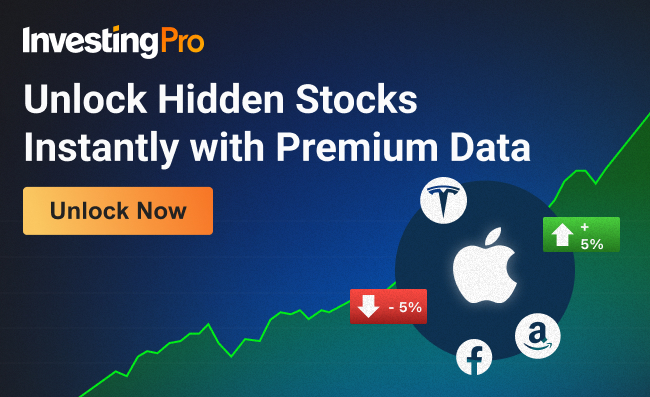- With investors eager for a rate cut, I believe the Federal Reserve will proceed with caution, opting for a 25bps reduction rather than a more aggressive 50bps cut.
- Cutting too much, too fast would risk overheating an economy that is still showing resilience and could reignite inflationary pressures.
- As we approach Wednesday’s highly anticipated policy decision, all eyes will be on Powell and his team to navigate these tricky waters carefully.
- Looking for actionable trade ideas to navigate the current market volatility? Unlock access to InvestingPro for less than $8 a month!
As the Federal Reserve prepares for its pivotal policy decision on Wednesday at 2:00PM ET, all eyes are on whether the U.S. central bank will cut interest rates by 25 or 50 basis points.
FOMC officials will also release their new forecasts for interest rates and economic growth, known as the dot plot, which will reveal greater signs of the Fed's likely rate trajectory through the rest of 2024 and beyond.
Source: Investing.com
While markets are increasingly divided on the size of the move, I expect the Fed to opt for a 25bps reduction, but this decision is unlikely to satisfy investors. In fact, the Fed finds itself in a precarious position where either choice could trigger a market selloff, making it a true lose-lose situation for Fed Chair Jerome Powell.
Why a 25bps Cut Could Disappoint Markets
Though a 25bps rate cut might seem like a safe and measured approach, the reality is that markets may be left underwhelmed. Investors have increasingly priced in more aggressive monetary easing, and with the S&P 500 near record highs, expectations have been building for a larger half-point cut in recent days.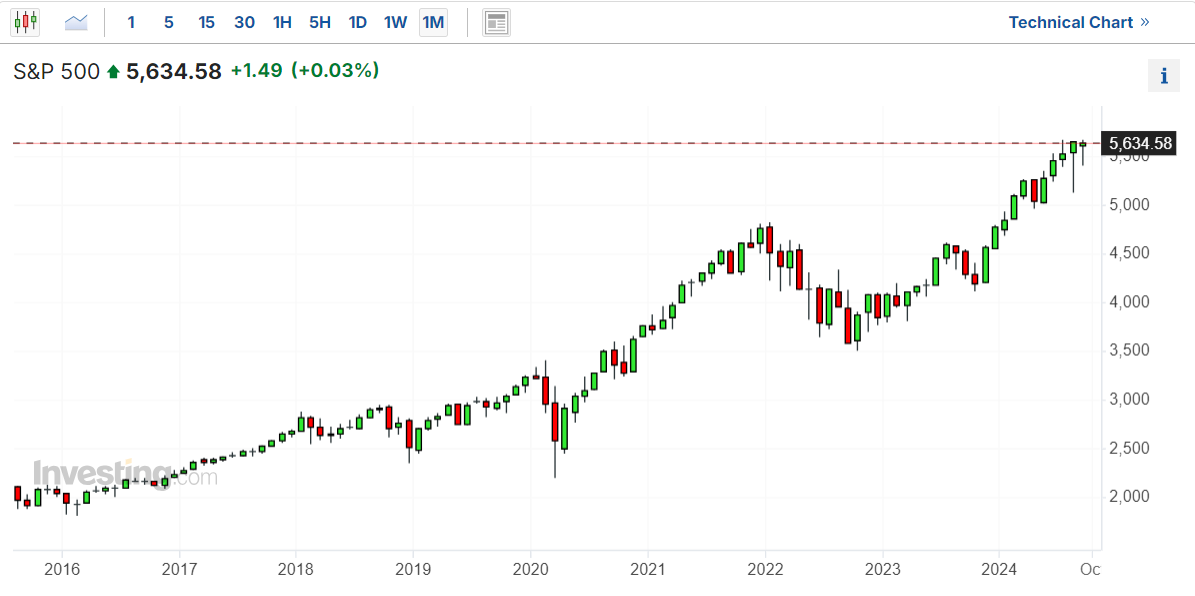
Source: Investing.com
A modest 25bps cut, therefore, could lead to a selloff, as it would signal to investors that the Fed is reluctant to take bold action to stimulate the economy or safeguard against economic downside risks.
The issue is compounded by the fact that the market has already priced in as much as 100 basis points of cuts by the end of the year. Hence, a small cut of 25bps would likely fall short of investor hopes for immediate, stronger action.
As a result, this could lead to disappointment and prompt a broad pullback in equity markets and risk-sensitive assets that have rallied sharply in anticipation of Fed easing.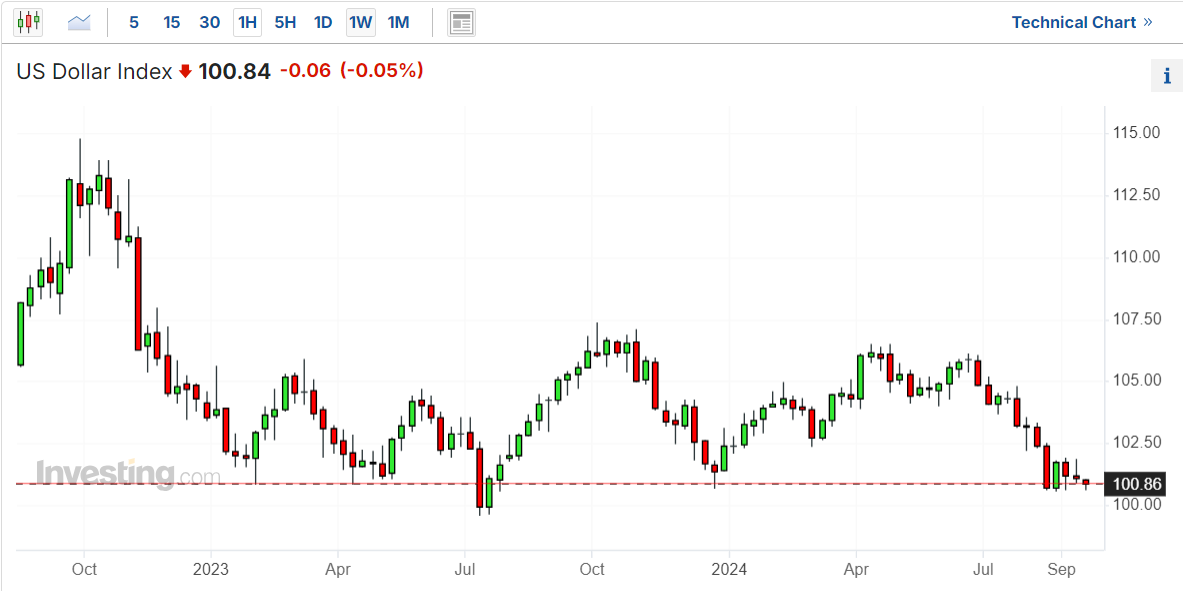
Source: Investing.com
At the same time, the U.S. dollar would regain its strength, Treasury yields would surge higher, and gold prices would move lower.
The Risks of a 50bps Cut
On the flip side, a 50bps rate cut may seem like a more aggressive option that would please markets, but it comes with its own set of risks. A half-percentage-point reduction could send an unintended signal that Fed officials are deeply concerned about the state of the economy and that it is in worse shape than appears.
This could spark fresh panic selling as investors worry that the Fed knows something about the economic outlook that they do not.
Additionally, a drastic reduction in rates while the economy is still performing well could give rise to a scenario where inflation reaccelerates, potentially driving it back toward last year's peaks. That would risk undermining the Fed's hard-won progress in fighting inflation.
In this scenario, the stock market and the dollar would likely tumble on concerns that the Fed is making a historic policy error by moving too fast.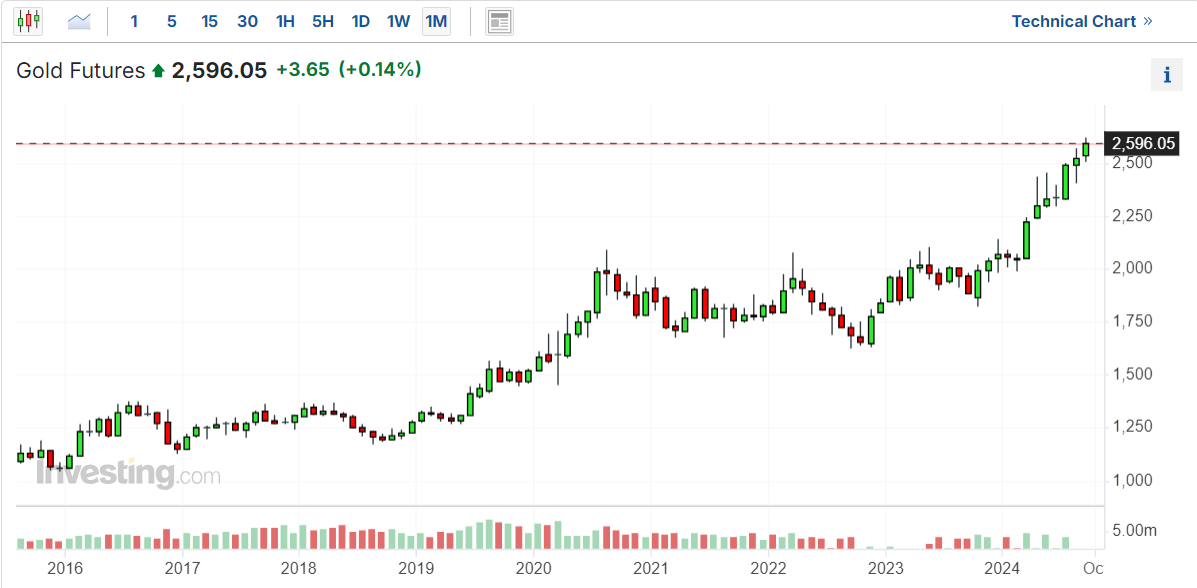
Source: Investing.com
Meanwhile, gold will likely extend its record-breaking rally, with prices of the yellow metal climbing towards the key $3,000-level.
Powell's Lose-Lose Situation
This sets up a challenging dilemma for Chairman Powell and the Fed.
A smaller 25bps rate cut risks underwhelming markets and triggering a selloff due to unmet expectations for stronger easing. Meanwhile, a 50bps cut could also spark a selloff as it creates unnecessary panic, stoking fears that the economy is in worse shape than it seems.
Both scenarios present significant risks, and Powell will need to navigate these challenges carefully in the post-meeting press conference, starting at 2:30PM ET. The Fed chief is expected to reiterate the central bank’s data-driven approach and maintain the option for further rate cuts in the future.
A cautious tone, emphasizing data-dependence and gradual easing, could exacerbate market disappointment if paired with only a 25bps cut.
What To Do Now
No matter which path the Fed chooses, markets are likely to respond negatively.
In this environment, it’s essential to focus on high-quality stocks with strong fundamentals that can weather potential market turbulence. Using tools like the InvestingPro stock screener can help identify resilient companies with robust financials and solid growth prospects.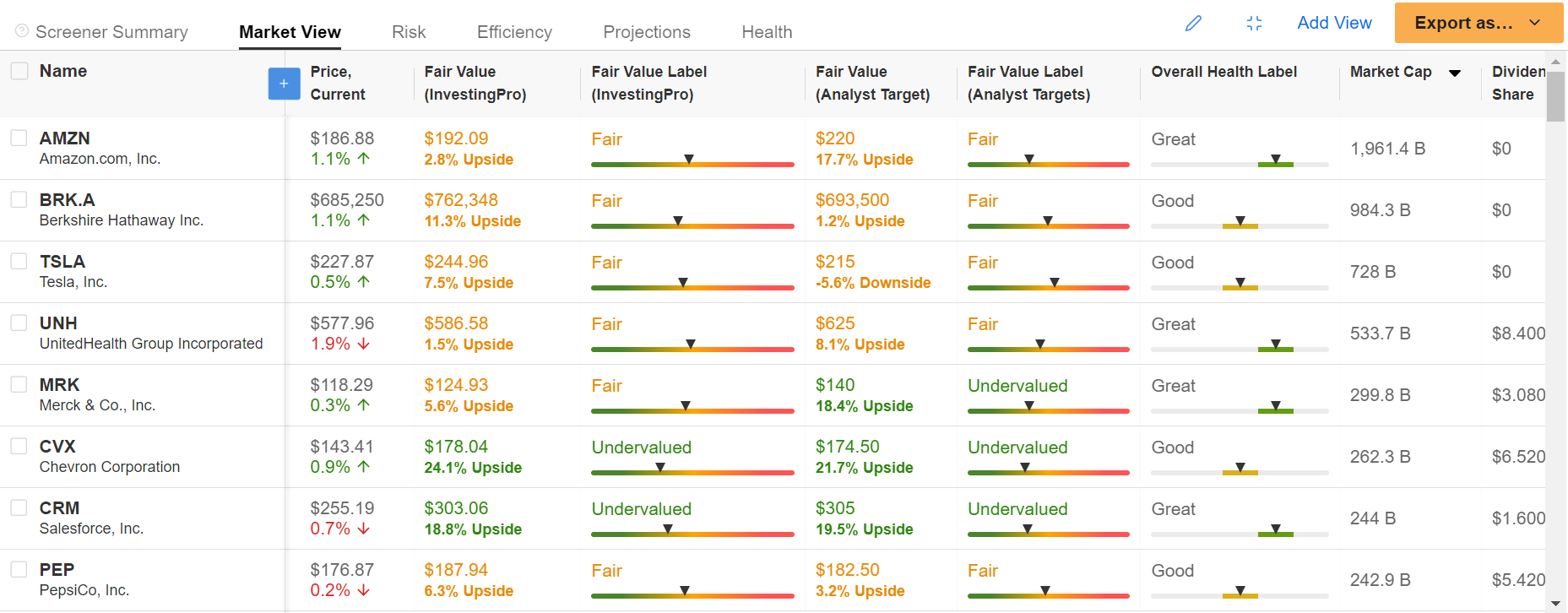
Source: InvestingPro
Some notable names to consider adding to your watchlist include tech-heavyweights such as Amazon (NASDAQ:AMZN), Tesla (NASDAQ:TSLA), Salesforce (NYSE:CRM), Adobe (NASDAQ:ADBE), PayPal (NASDAQ:PYPL), Workday (NASDAQ:WDAY), Fortinet (NASDAQ:FTNT), and Autodesk (NASDAQ:ADSK).
Meanwhile, Berkshire Hathaway (NYSE:BRKa), UnitedHealth Group (NYSE:UNH), Merck (NYSE:MRK), Chevron (NYSE:CVX), Pepsico (NASDAQ:PEP), Starbucks (NASDAQ:SBUX), Altria (NYSE:MO), DR Horton (NYSE:DHI), Freeport-McMoRan (NYSE:FCX), Kimberly-Clark (NYSE:KMB), and Constellation Brands (NYSE:STZ) are a few cyclical stocks to make the cut.
Conclusion
The Federal Reserve is facing one of its most challenging policy decisions in recent years. With markets expecting aggressive rate cuts, even a modest 25bps reduction could lead to disappointment and a selloff.
On the other hand, a 50bps cut could fuel fears of economic instability and lead to heightened market volatility.
Powell and his colleagues must walk a tightrope as they aim to balance inflation concerns with supporting economic growth, but whatever decision they make, it’s clear that the stakes for markets have rarely been higher.
Investors should be prepared for potential volatility and adjust their portfolios accordingly to navigate the uncertain landscape ahead.
Be sure to check out InvestingPro to stay in sync with the market trend and what it means for your trading. Subscribe now with an exclusive discount and unlock access to several market-beating features, including:
- InvestingPro Fair Value: Instantly find out if a stock is underpriced or overvalued.
- AI ProPicks: AI-selected stock winners with proven track record.
- Stock Screener: Search for the best stocks based on hundreds of selected filters, and criteria.
- Top Ideas: See what stocks billionaire investors such as Warren Buffett, Michael Burry, and George Soros are buying.
Disclosure: At the time of writing, I am long on the S&P 500, and the Nasdaq 100 via the SPDR® S&P 500 ETF, and the Invesco QQQ Trust ETF. I am also long on the Technology Select Sector SPDR ETF (NYSE:XLK).
I regularly rebalance my portfolio of individual stocks and ETFs based on ongoing risk assessment of both the macroeconomic environment and companies' financials.
The views discussed in this article are solely the opinion of the author and should not be taken as investment advice.
Follow Jesse Cohen on X/Twitter @JesseCohenInv for more stock market analysis and insight.

